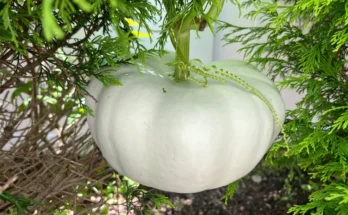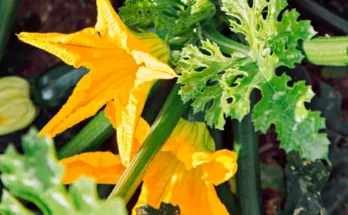Here’s how to enjoy your garden flowers indoors while keeping insects and mess out.
We love to bring fresh-cut flowers in from our gardens, but unwanted hitchhikers like ants, aphids, and spiders also can come along for the ride. Insects are part of a garden’s ecosystem, and most of them are beneficial; only a tiny fraction are serious pests. However, that doesn’t mean you need to share your living room with bugs. And the insects would probably rather stay outside too, where they can perform important tasks such as pollination, preying on garden pests, and more.
You’re probably already in the habit of cleaning your homegrown produce, but here’s why you should also clean off your cut flowers, plus a step-by-step guide on how to do it effectively.
Why to Clean Cut Flowers
Besides leaving insects outside where they belong, cleaning off cut flowers before taking them inside helps reduce the amount of dirt and mess you’ll have to deal with later. Some common examples of what you may find on your flowers include:



